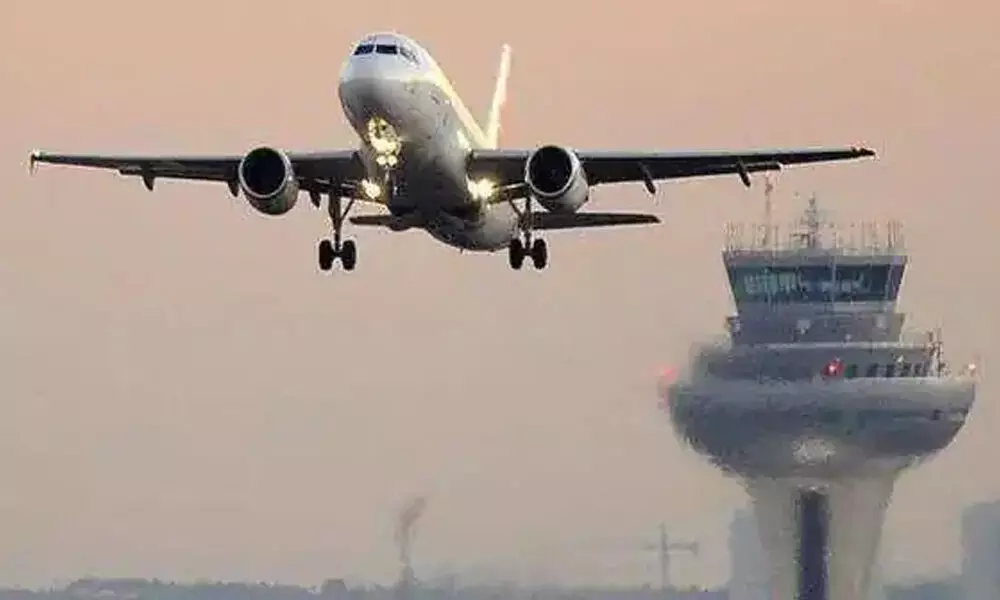India's domestic aviation reaching pre-Covid level on rising demand
As the Covid-19 cases in the country continue to drop, the vaccination pace has also increased, it is expected the economy will continue to pick up as will aviation and travel. October-December is a strong quarter for the aviation sector as many people travel in the holiday season.
image for illustrative purpose

As the Covid-19 cases in the country continue to drop, the vaccination pace has also increased, it is expected the economy will continue to pick up as will aviation and travel. October-December is a strong quarter for the aviation sector as many people travel in the holiday season.
Prima facie, Indian airlines are out of the doldrums as domestic passenger numbers have breached 90 per cent of pre-Covid levels during the peak holiday season. This trend is continuing well into December.
Domestic air passenger traffic grew by 15-16 per cent at around 104-105 lakh in November 2021, compared to 89.85 lakh in October 2021. The same reflects a Y-o-Y growth of 64 per cent. The airlines' capacity deployment for November 2021 was around 49 per cent higher than November 2020 (80,750 departures in November 2021 against 54,132 departures in November 2020). On a sequential basis, the number of departures in November 2021, were higher by 12 per cent, as Covid-19 infections demonstrated a downward trajectory.
Aviation consultancy CAPA India had earlier forecast Indian airlines to fly between 8.0 crore to 9.5 crore passengers domestically in the current financial year ending March 2022. While it has maintained this forecast, it now sees the actual figure to be closer to the upper end of the range, versus the lower end, which it had expected earlier.
So, while domestic air travel has picked up close to pre-Covid levels, restrictions will continue to impact international travel for at least the next couple of months, say analysts.
2022 could well be a new sunrise for India's aviation industry with two brand new airlines - Akasa (backed by billionaire investor Rakesh Jhunjhunwala) and Jet Airways (now under the ownership of the Kalrock Jalan consortium) - set to take off.
With effect from October 18, 2021, the Ministry of Civil Aviation (MoCA) had allowed the restoration of permitted capacity to 100.0 per cent for the domestic operations. It may be recalled that the MoCA had reduced the permissible capacity deployment to 50 per cent of pre-Covid levels, with effect from June 1, 2021, due to the resurgence of the second wave of the pandemic. It had subsequently increased the permitted capacity to 72.5 per cent, with effect from August 12, 2021, increasing the capacity further to 85.0 per cent with effect from September 18, 2021.
One major concern that continues to worry the aviation sector is the aviation turbine fuel (ATF) prices, which have seen a sharp increase of 67.3 per cent on a Y-o-Y basis till December 2021, this is mainly attributed to increase in crude oil prices. This, coupled with relatively low capacity utilisation of aircraft fleet, will continue to weigh on the financial performance of Indian carriers in FY22. Furthermore, the credit profile of most Indian carriers continues to be characterised by a weak liquidity position. However, with the country's aviation industry on a growth trajectory, it makes ample sense to give impetus to the aviation industry.

